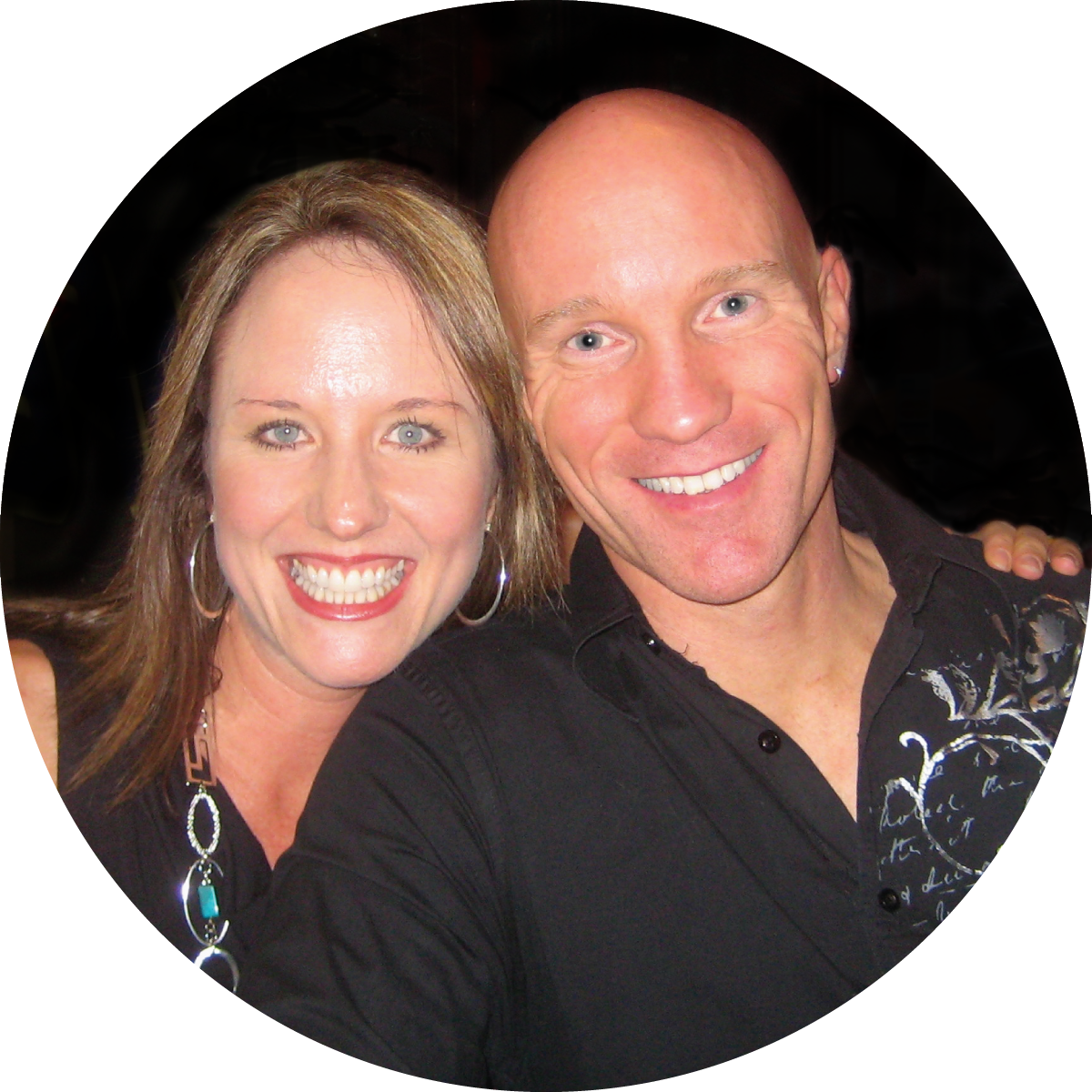What Can I Eat on the Keto Diet?

What Is The Keto Diet?
What are the best keto diet foods? Here’s a simplified breakdown of what’s good, what’s okay in moderation, and what to avoid. But, perhaps before we talk about what you can eat on the keto diet, it might help to understand what it is.
If you’re new to the Ketogenic (or Keto) Diet, or you’re just starting to look into it, check out my previous post. Want To Speed Up Your Metabolism, Lose Weight And Improve Your Health? A Ketogenic Diet May Be Right For You.
When people talk about eating keto, they are talking about eating mostly fat. As in, a lot of fat. Take the highest percentage of fat you’ve ever dreamed of eating and then double it. Okay, maybe not that much, but probably close.
On a full keto diet, a full 70-80 percent of your calories should come from fat. Before you scream and run away, let me clarify. We are talking about healthy fats–the kinds that are good for you. Really good.
The rest of your calories should come from a moderate level of protein (15-20%) and very low carbs (around 5%).
Metabolic Shifting
Right now you are probably burning glucose for energy unless you’re already eating ketogenic. Glucose is the body’s primary source of energy. The problem is, it can only store a limited amount of glucose. So when your body burns through the glucose, it signals you to eat again and you get hungry.
The ketogenic diet flips a switch in your body so that transition from burning glucose to burning fat. You enter a state of ketosis—your body converts fat into ketones that your body can use for energy. The cool thing about ketosis is your body doesn’t care where it gets the fat. When you burn through dietary fat, it starts digging into your body fat for energy
You reach optimal ketosis after a few weeks of your body staying in ketosis. At this point, you become a fat burner, where your body prefers fat for fuel. Side effects are significantly reduced, and the benefits become even more pronounced.
Standard (Full) Keto Diet Plan
On a full keto diet plan, fats provide approximately 70-80 percent of your total daily calories. Protein provides between 15-20 percent, and carbohydrates make up just 5 percent. I know, it sounds a bit extreme. Nevertheless, it is the fastest way to get into dietary ketosis.
Some people, however, may want to choose a more “moderate” approach. A modified keto diet is more flexible and may allow for an easier transition into a low-carb lifestyle. More on that in a second.
Keto is different from other low-carb eating plans, such as Atkins and Paleo, in that you are not loading up on protein. The reason for reducing protein on the keto diet is that the body can convert protein into glucose through a process called gluconeogenesis. When you overeat protein, it can slow down your body’s transition into ketosis.
It is also vitally important that you drink lots of water. Water aids in digestion and will also help you feel full. It will also help you not feel as tired. My recommendation is to drink half your body weight in ounces of water. For example, a 140-pound woman should try to drink roughly 70 ounces of water a day.
 Modified Keto Diet
Modified Keto Diet
If you think that the full keto diet sounds too extreme or restrictive, you may still be able to reap the same or similar benefits with a modified keto diet.
In a modified keto diet, you still focus on reducing your carb intake while increasing fats and proteins. And you should still focus on whole foods and limit processed foods.
If you find that sticking to a super-low-carb diet day in and day out is too much, especially long-term, you may want to consider carb-cycling. I know, it sounds like I’m contradicting myself here, but hang with me.
Carb-cycling, or carb-ups , increases carb intake only at the right time and only in the right amounts. Generally, carb-ups should be limited to 2-3 days per week.
And carbohydrates are not evil, at least not the good kind. They actually play many important roles in the body. Glucose, which is what carbohydrates are broken down into, is necessary for certain actions in the body. Glucose is necessary for converting thyroid hormones to their active form.
The active form is necessary for regulating metabolism, maintaining energy levels, and regulating digestion. Without the conversion, these things tend to not happen as easily, which can leave us feeling sick and fatigued. Glucose also fuels the brain and red blood cells.
 That being said, the body has the ability to create glucose on its own to meet these needs. Still, sometimes consuming a limited amount of carbs can be helpful.
That being said, the body has the ability to create glucose on its own to meet these needs. Still, sometimes consuming a limited amount of carbs can be helpful.
Carb-cycling can also be especially advantageous when timed around strenuous workouts. It assists is cutting your body-fat percentage without sacrificing your lean muscle mass.
How many carbs should you consume on your carb-up days? Higher carb days could include up to 100 grams of net carbs. Lower carb days, on the other hand, should include no more than 20-30 grams of net carbs.
The exact number will vary depending on your body type. The bigger and more active you are, the more carbs and more calories you will require than someone who is smaller and less active.
Plant Power
Finally, and perhaps most importantly, consuming at least a moderate amount of carbs allows you to consume enough plant foods. Keep in mind, plants are what we were originally designed to live on, and they should still make up a large percentage of our diet.
Even on low-carb days, you can still consume a wide variety of some of the healthiest foods in the world. Plants like leafy greens, cruciferous vegetables, artichokes, asparagus, sea veggies, herbs and spices, are all fairly low in carbohydrates.
Whole foods that are higher in carbs, include sweet potatoes (one of my favorites) and other root veggies, beans, legumes, and fruits.
The advantage of eating more plants is they are full of vital nutrients, antioxidants and dietary fiber. All of which contribute to proper digestion, heart health and more.
Keto Diet Food List
If you’re new to the keto diet and raring to go, you’re probably wondering what the best high-fat, low-carb foods are.
You’re in luck. I’ve put together a Free Keto Diet Shopping List for you. Keep in mind that the quality of your food matters just as much, if not more than what kind of food. How your food was grown or raised is no small thing.
Since this is a high-fat diet, the types of fat you eat are especially important. As with most everything else, not all fats are created equal. To get enough healthy fats in your diet, the recommendation is to eat mostly: coconut or coconut oil, avocado, chia seeds or flax seeds, non-starchy vegetables, sprouted nuts, organic grass-fed meats and raw dairy products, and wild-caught fish.
Per Dr. Josh Axe, “In particular, I recommend consuming a large amount of MCFA’s (Medium Chain Fatty Acids) from sources like unrefined coconut oil and MCT oil since this is probably the easiest type of fat for your body to metabolize properly and burn as fuel.”
You will also notice on my Keto Diet Shopping List, that I have included “Power Foods” in each of the categories. Power foods are keto-supporting, fat-burning powerhouse foods that’ll boost energy, aid in balancing hormones, and increase your nutrient intake—all without breaking the bank. A keto trifecta!
You will also notice that next to some protein sources I have placed a caution symbol indicating that it is an unclean animal and therefore tends to be more toxic. I’m not saying don’t eat them, just limit how much. And, as with all animal proteins, look for pasture raised, grass-fed, or wild-caught.
Here’s What You Should Be Eating On a Keto Diet
I’m a big fan of meal planning and prepping as much as you can ahead of time. This saves you time and money. It also it helps you stay on track.
Here are a few examples of foods you should be eating a lot of when you’re eating keto.
- Lots and lots of healthy fats—as much as 80 percent of your total calories! Your best bets for healthy fats are coconut oil, olive oil, MCT oil, coconut butter, cacao butter, grass-fed butter or ghee, and palm oil. Some nuts and seeds are also good. Making sure you get enough fat is vital to your success on a ketogenic diet. Healthy fats are what provide you with energy and wards off hunger, weakness and exhaustion.
- A wide variety of non-starchy vegetables. Look for veggies that are lower in net carbs. Our favorites are: broccoli, cauliflower, and other cruciferous veggies, zucchini, all kinds of leafy greens, asparagus, and cucumber.
- A moderate amount of low- to no-carb protein. Pastured eggs, grass-fed meat, pasture raised poultry, wild-caught fish, bone broth, organ meats. For those who can handle dairy, some full-fat (ideally raw) dairy products can be good.
 Foods You Should Limit On a Keto Diet
Foods You Should Limit On a Keto Diet
There are some lower-carb foods that you can still enjoy but need to be careful with because too much can push you over your net carb limit. These are some foods that you should limit.
- Full-fat dairy. (Go for unsweetened almond or coconut milk instead)
- Medium starchy vegetables like sweet peas, carrots, beets, sweet potatoes and other root vegetables.
- Nuts and Seeds
- Beans and Legumes
I also personally choose to greatly limit the consumption of unclean animals (pork, shellfish, etc.). Not for religious reasons (although God does tell us to avoid them), but because it turns out God was right. The animals that God says are unclean are actually unclean—meaning they tend to be more toxic. I could go into a lot more detail, but that’s another blog post.
Foods You Need To Avoid On a Keto Diet
You will notice that all of these foods are conspicuously missing from my Keto Diet Shopping List. That’s because these foods are to be avoided like the plague while you are eating keto.
- Any type of sugar, including natural sugars like raw honey or maple syrup (sorry!)
- Any and all grains, including oats, rice, quinoa, pasta and corn
- Nearly all processed foods, including crackers, candy, cookies, ice cream, snack bars and canned soup
- Sweetened and caloric beverages, including alcohol and milk
Sources:















